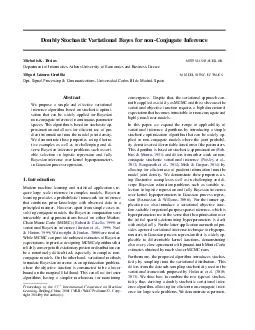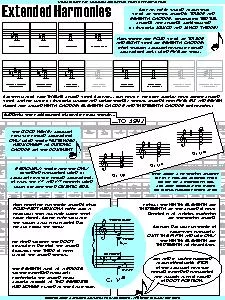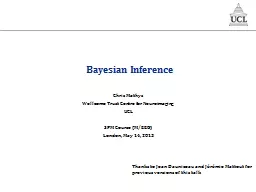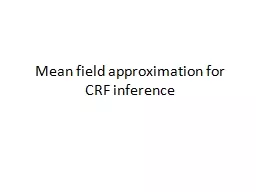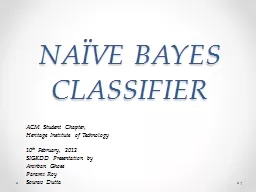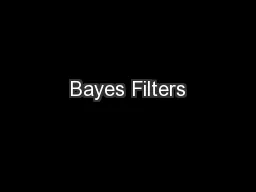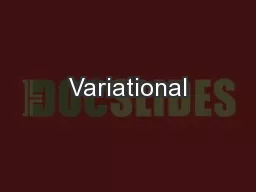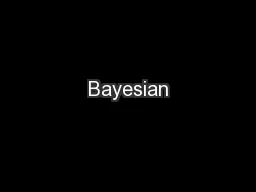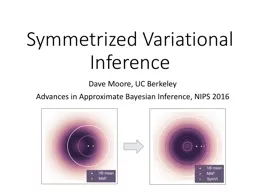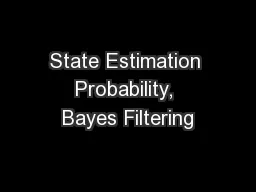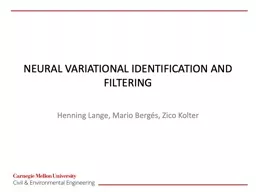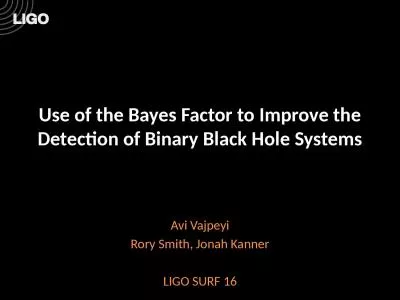PDF-Doubly Stochastic Variational Bayes for nonConjugate Inference Michalis K
Author : karlyn-bohler | Published Date : 2014-12-25
Titsias MTITSIAS AUEB GR Department of Informatics Athens University of Economics and Business Greece Miguel L azaroGredilla MIGUEL TSC UC ES Dpt Signal Processing
Presentation Embed Code
Download Presentation
Download Presentation The PPT/PDF document "Doubly Stochastic Variational Bayes for ..." is the property of its rightful owner. Permission is granted to download and print the materials on this website for personal, non-commercial use only, and to display it on your personal computer provided you do not modify the materials and that you retain all copyright notices contained in the materials. By downloading content from our website, you accept the terms of this agreement.
Doubly Stochastic Variational Bayes for nonConjugate Inference Michalis K: Transcript
Download Rules Of Document
"Doubly Stochastic Variational Bayes for nonConjugate Inference Michalis K"The content belongs to its owner. You may download and print it for personal use, without modification, and keep all copyright notices. By downloading, you agree to these terms.
Related Documents

